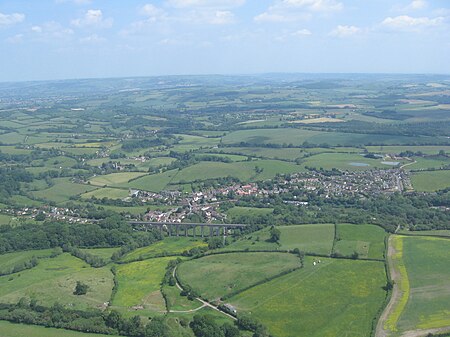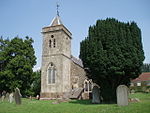Pensford
Somerset coalfieldUse British English from August 2012Villages in Bath and North East Somerset

Pensford is the largest village in the civil parish of Publow in Somerset, England. It lies in the Chew Valley, approximately 7 miles (11 km) south of Bristol, 8 miles (13 km) west of Bath, and 14 miles (23 km) north of Wells. It is on the A37 road from Bristol to Shepton Mallet. Pensford was identified as being of special architectural and historic interest and was designated as a Conservation Area in May 1988.
Excerpt from the Wikipedia article Pensford (License: CC BY-SA 3.0, Authors, Images).Pensford
High Street, Bristol
Geographical coordinates (GPS) Address Nearby Places Show on map
Geographical coordinates (GPS)
| Latitude | Longitude |
|---|---|
| N 51.371 ° | E -2.5466 ° |
Address
High Street 141
BS39 4BJ Bristol
England, United Kingdom
Open on Google Maps









